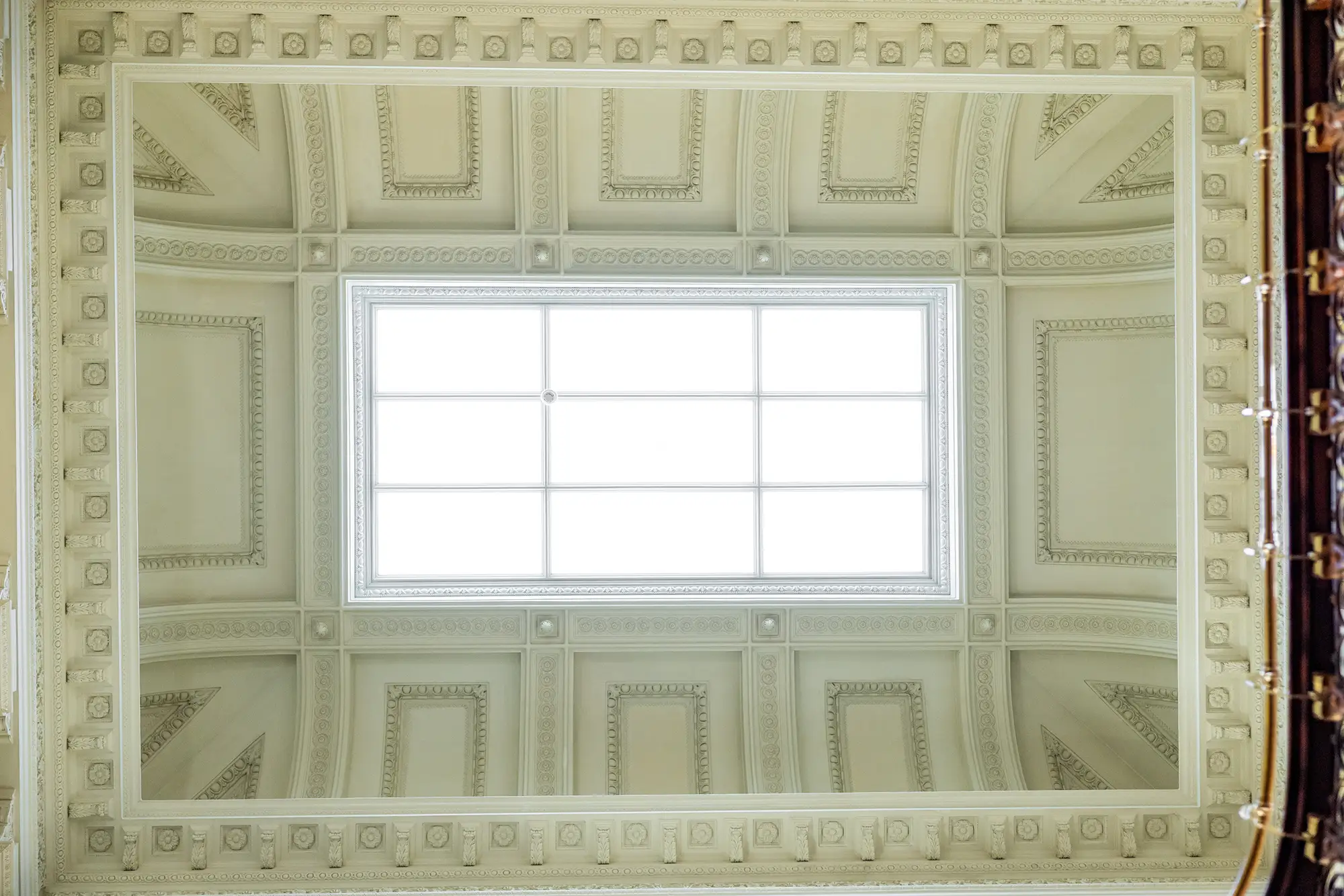
ABOUT US
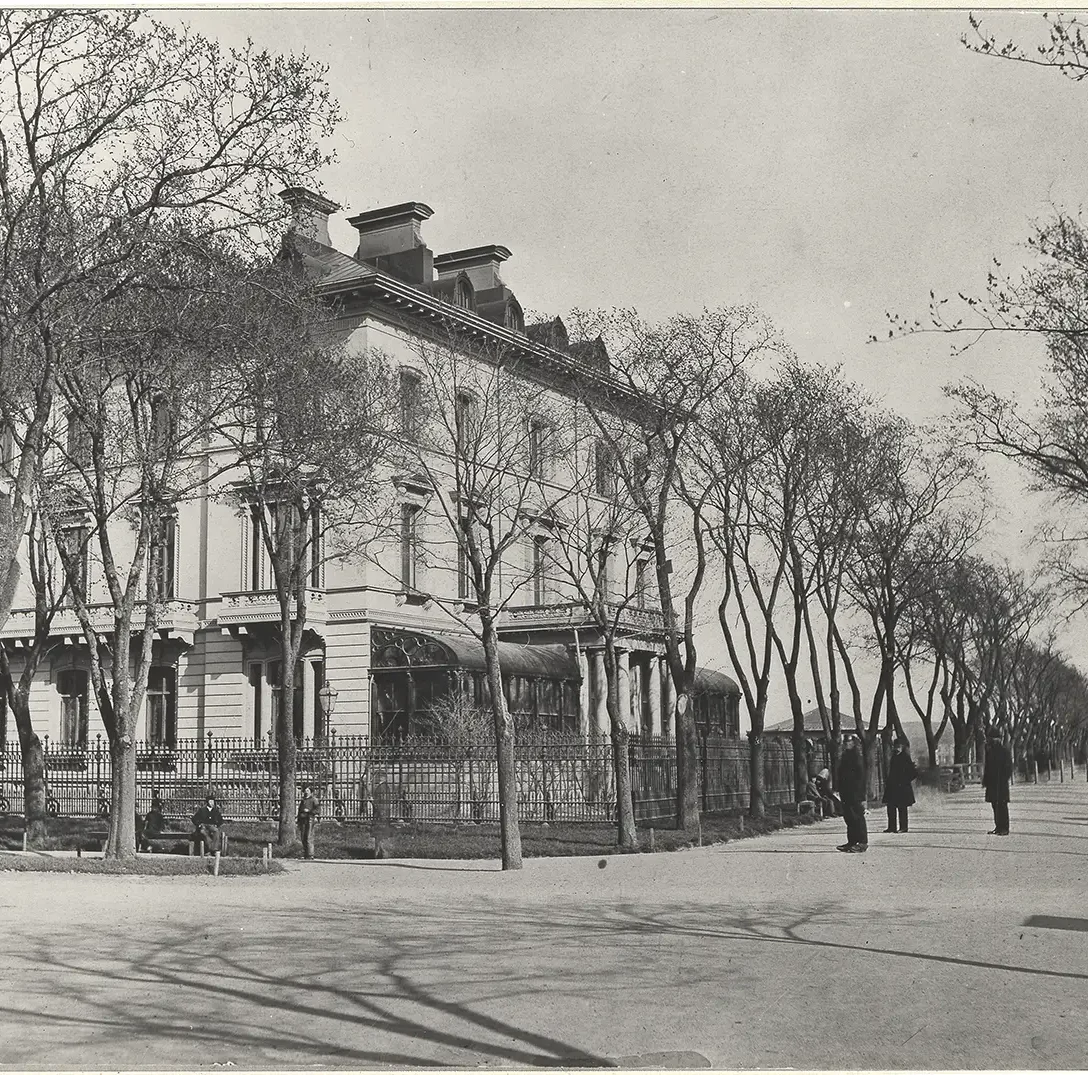
OUR HISTORY
A celebration of the grandeur of neo-Renaissance architectur
On one of Gothenburg’s most prestigious addresses, at the corner of Södra Vägen and Nya Allén, stands the magnificent Dickson Palace. This grand three-story building in Florentine Neo-Renaissance style was erected in 1862 by Baron Oscar Dickson, a successful businessman who built his fortune on the forests and sawmills of northern Sweden. Together with his wife, Marika von Rosen—a Greek princess—he envisioned a home that would reflect their high status and refined taste.
To bring this vision to life, Oscar commissioned the English architect William Allen Boulnois, who had previously designed Överås for Oscar’s brother, James Dickson. Construction began in 1859 under the supervision of master builder Philip Jacob Rapp and was completed three years later. The result was a palatial residence spanning 928 square meters, with over 30 rooms, where materials and craftsmanship were imported from England.
A TIMELESS INTERIOR OF LUXURY AND DETAIL
The interior was nothing short of extraordinary. At its heart lay a grand staircase hall that spanned all three floors of the house, surrounded by salons and rooms of exceptional elegance. The grand salon was the pinnacle of luxury, adorned with stucco reliefs by the Italian artist Bellini and a cedarwood floor from Lebanon, arranged in a star pattern. Enormous wall mirrors, crystal chandeliers, gilded cornices, and draped English curtains completed the magnificent decor.

OSCAR DICKSON – THE ORIGINATOR
Oscar Dickson (1823–1897) was the son of James Dickson and Eleonora Margareta Bagge, belonging to the so-called Marstrand family, a widely spread lineage from Bohuslän. The Dickson family originally immigrated from Scotland and settled in Gothenburg in 1802. Oscar Dickson made his mark on Sweden and Gothenburg through the iron and timber trade, primarily via the company James Dickson & Co. In 1847, he took over the management of the company’s forests and sawmills in Norrland. He also worked at Dickson Brothers in London, facilitating trade with England by exporting iron and timber from northern Sweden. The family’s strong influence in England is reflected in the building’s design, which features a distinct Renaissance style with clear English inspiration.
Oscar’s life as a businessman and baron was not without drama. On October 15, 1883, he was the target of an assassination attempt in his office when former artillery constable M. Nordblom demanded 50,000 kronor at gunpoint while carrying around forty explosive charges. Dickson managed to break free, and the summoned police subdued the assailant, who was sentenced to “three years of hard labor and loss of civil rights for five years.”
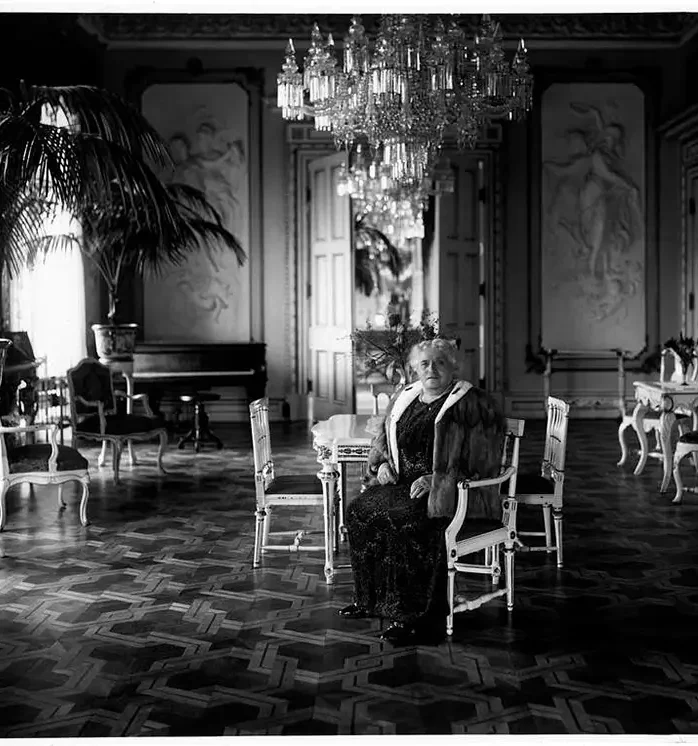
A SCHOOL IN SERVICE OF THE PALACE
Following Oscar Dickson’s death in 1897, the palace became Marika’s residence until her passing in 1917. Their son, Osborn, took over afterward, but with his death in 1921, the Dickson family’s chapter in the palace’s history came to an end. In 1923, the building found a new purpose when Hanna Lindmark purchased the property to establish Margaretaskolan, a prestigious household school. Renowned for its high standards, the school offered two- to three-month courses, attracting young women eager to master the art of domestic management.
The ground floor was used for dining services, while the third floor, formerly housing servants’ quarters, was converted into small hotel rooms. Beyond the household school, the building also accommodated a restaurant, banquet halls, a café, a bakery, rental rooms, and a shop located in the old stable behind the main structure. Margaretaskolan became a hub of both education and social life, with a dinner at the restaurant priced at around 1.25 kronor—a reflection of its quality and exclusivity.
The school closed in the mid-1940s due to wartime rationing, though the restaurant business continued until 1968.
A HOME TO ROYAL VISITS AND HISTORIC GUESTS
Throughout its history, the Dickson Palace has hosted numerous prominent guests, including King Oscar II and the polar explorer Adolf Erik Nordenskiöld, whose expeditions were partly funded by Oscar Dickson. King Charles XV also visited the palace and, according to notes from his court marshal, was visibly irritated by the excessive luxury—particularly the modern water closets, a rarity at the time.
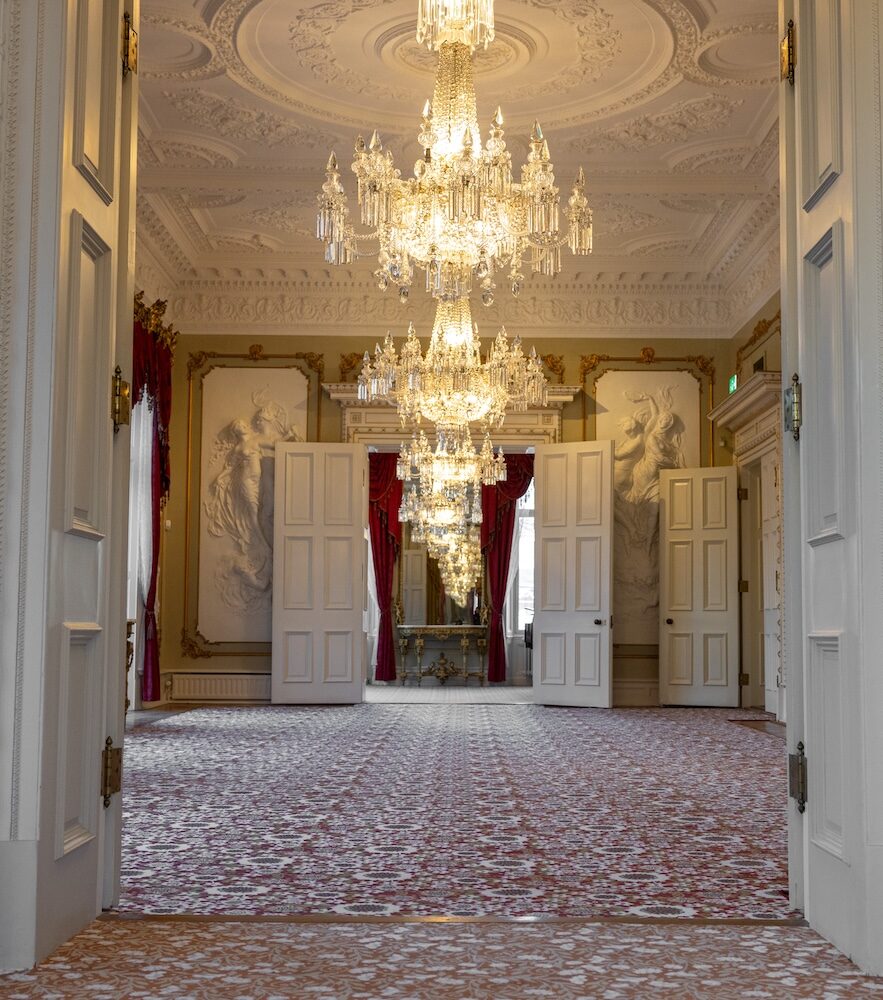
AN ENDURING PART OF GOTHENBURG’S CULTURAL HERITAGE AND EXCLUSIVE EVENTS
On April 4, 1968, Gothenburg’s City Council purchased the building from Fastighets AB Göta Lejon for 2.1 million kronor and initiated an extensive restoration the following year. By 1970, the city had fully acquired the property, which is now managed by Higab. Over the years, the building has served various purposes, including housing the tourist office and offices for Stora Teatern.
Today, the Dickson Palace stands as a symbol of Gothenburg’s rich history and architectural grandeur. Designated a listed building in 1973, it has undergone careful renovations to meet modern needs. Now, the palace is used as a venue for official functions, civil weddings, and exclusive events, once again bringing its halls to life with laughter, celebration, and festivity. A masterpiece of 19th-century architecture, the palace bridges its storied past with its role as a vibrant part of the city’s cultural heritage.

Palais de l’Élégance
COME AND EXPERIENCE THE HISTORY
Step into a setting where timeless charm meets modern refinement. Beneath glittering chandeliers and soaring ceilings, this venue transforms every occasion into an unforgettable experience. Whether celebrating life’s milestones or hosting elegant soirées, this palace offers a stage where history and grandeur come to life.
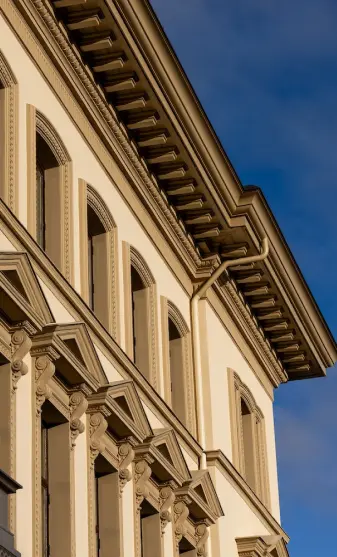
Palais de l’Élégance
COME AND EXPERIENCE THE HISTORY
Step into a setting where timeless charm meets modern refinement. Beneath glittering chandeliers and soaring ceilings, this venue transforms every occasion into an unforgettable experience. Whether celebrating life’s milestones or hosting elegant soirées, this palace offers a stage where history and grandeur come to life.